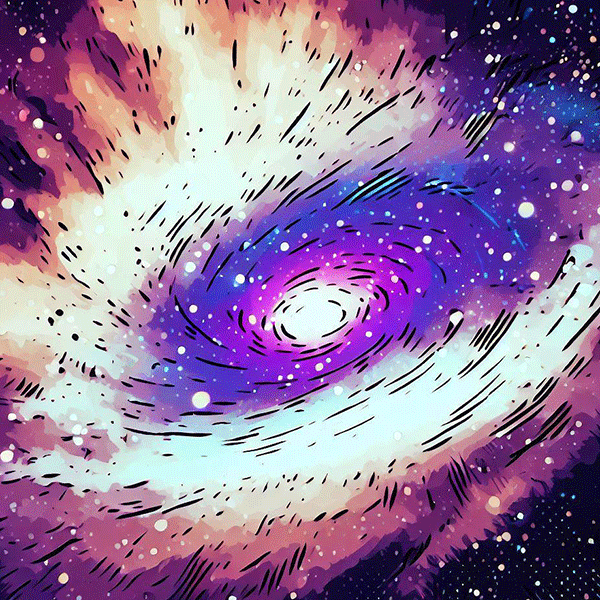What are Galaxies?
Imagine galaxies as enormous cosmic cities, with each star representing a single house in a bustling city. They’re gigantic collections of stars, gas, dust, and this spooky stuff called dark matter, all bound together by gravity. Our own planet, Earth, lives in the Milky Way galaxy, a bustling city home to hundreds of billions of stars.
The Birth of Galaxies: A Cosmic Throwback
Galaxies are old, like really old, believed to have popped into existence around 13.7 billion years ago, not long after the Big Bang. Picture the early universe as a hot, dense soup of particles which eventually cooled down and formed hydrogen and helium atoms. These atoms got all cozy under gravity to form stars and galaxies. And guess what? The process of galaxy formation is still happening! Galaxies can merge with each other to form even bigger galaxies.
The Galaxy Catalog: A Look at Different Shapes and Sizes
Galaxies come in all sorts of shapes and sizes. Here are the three main types:
- Spiral Galaxies: These galaxies look like cosmic pinwheels, with a flat, spinning disk surrounded by spiral arms. The disk contains stars, gas, and dust, while the center has older stars and a super-duper massive black hole at the center. Our Milky Way is a spiral galaxy.
- Elliptical Galaxies: These galaxies are round or egg-shaped and contain mostly older stars with little gas and dust. They range from small elliptical galaxies to giant elliptical galaxies, the big daddies of the universe.
- Irregular Galaxies: These galaxies don’t care about regular shapes and are often messy in appearance. They’re full of gas and dust, making them prime real estate for star formation.
The Building Blocks of Galaxies
A galaxy is made up of several key ingredients:
- Stars: Stars make up most of a galaxy’s visible stuff. They range from red dwarfs, the common folks, to supergiants, the rare but incredibly bright celebrities.
- Gas and Dust: These are the essential ingredients for creating stars. Gas and dust in galaxies often form beautiful nebulae, which are like cosmic nurseries where baby stars are born.
- Dark Matter: This is a mysterious substance that we can’t see directly but can detect because it’s a gravitational heavyweight. It’s believed to make up about 85% of the total mass of the universe.
- Black Holes: These are places in space where gravity is so strong that nothing, not even light, can escape. Many galaxies, including the Milky Way, have a supermassive black hole at their center. Spooky, right?
Wrapping Up Our Galactic Adventure
Galaxies are like the neighborhoods of our universe, each one buzzing with billions or even trillions of stars. As we continue to study and explore these celestial cities, we unlock more secrets of our vast and mysterious universe.
